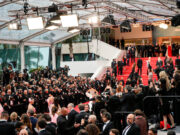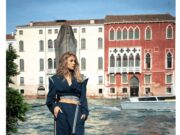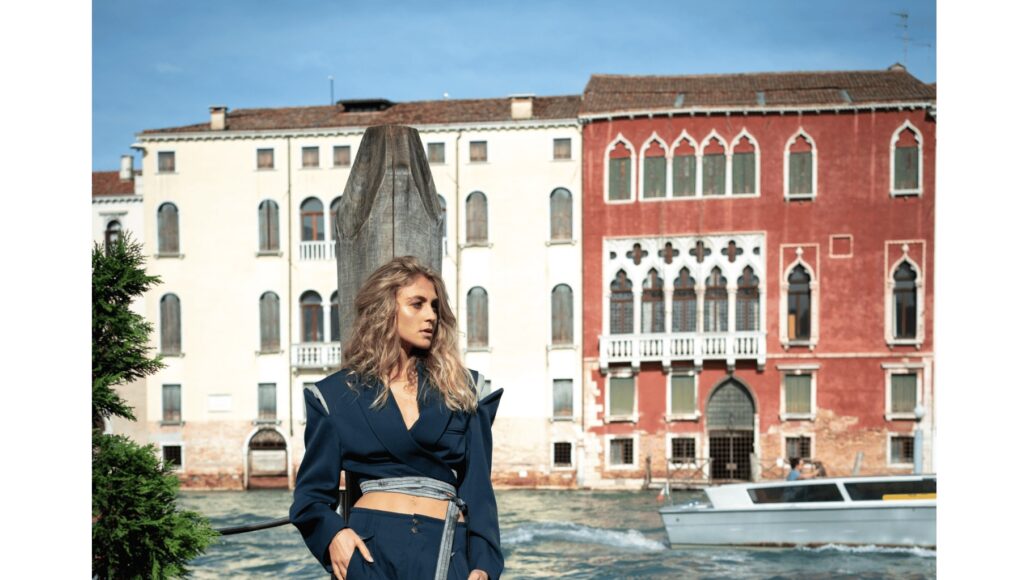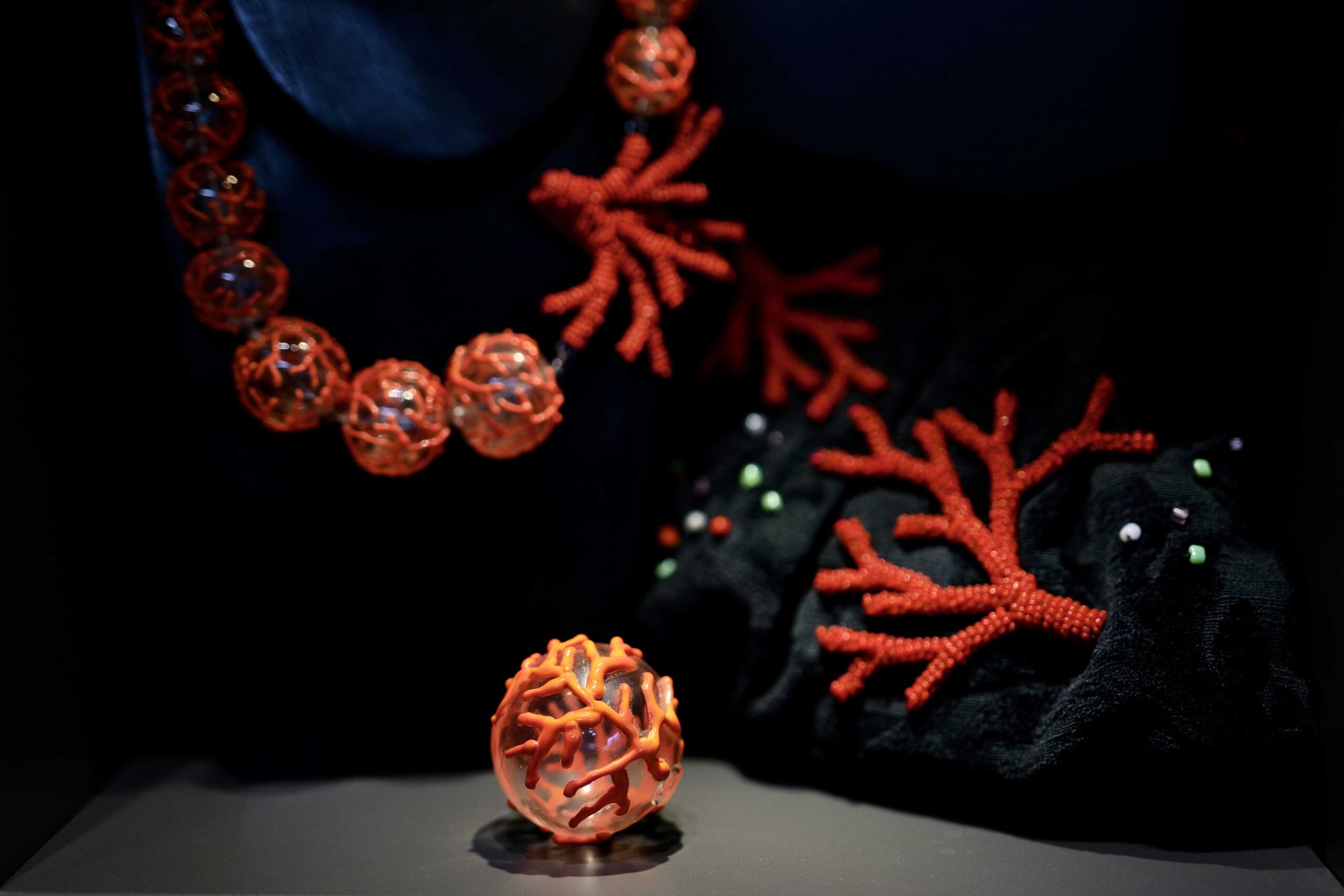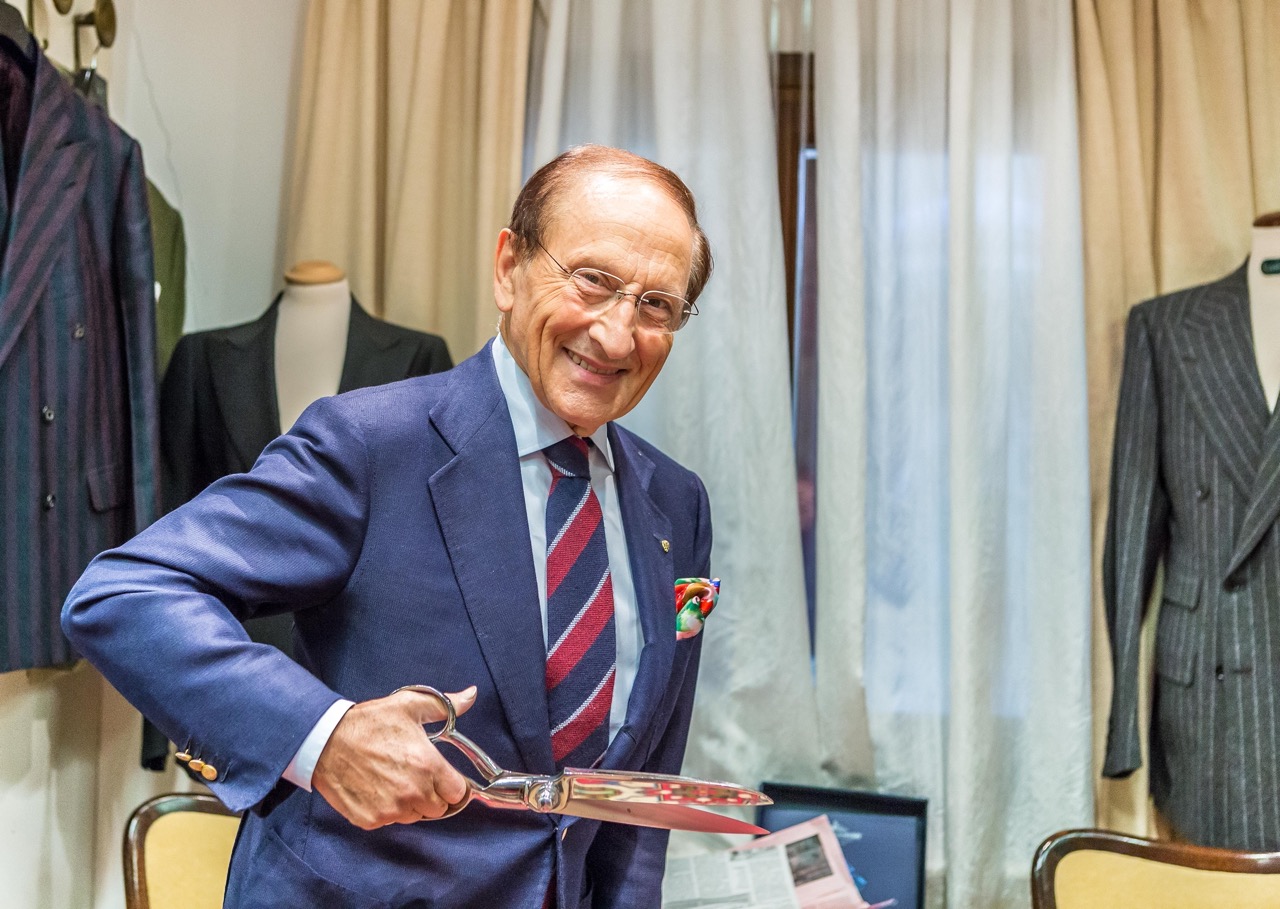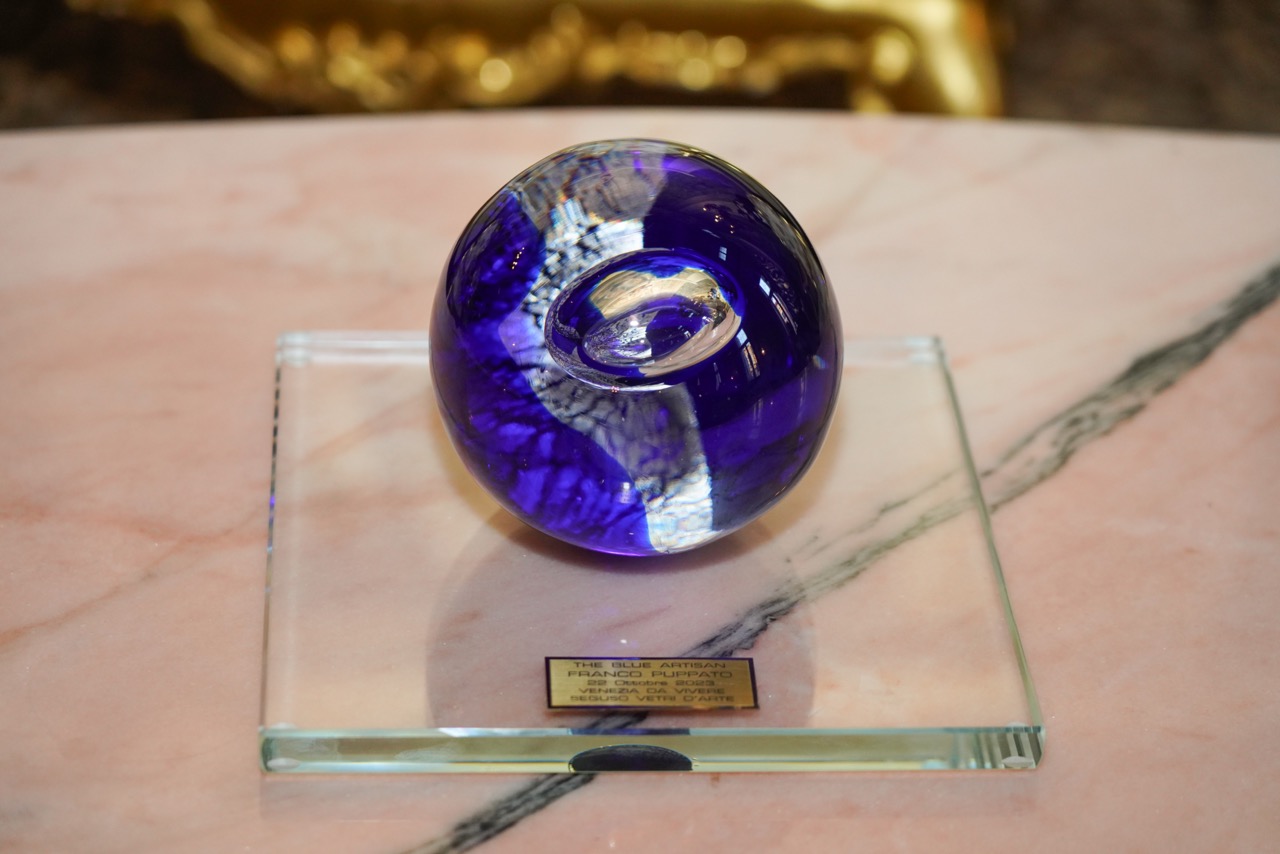Even the splendid city of Venice boasts its own fashion week: from October 19 to 28 of the past year, the Venice Fashion Week took place. This unique event was conceived and organized by Venezia da Vivere, an agency specialized in promoting contemporary craftsmanship, with the aim of showcasing the city as a centre of production and creativity, an ideal place to live and create.
The proposed one is a fascinating journey into the world of Venetian artisan excellence and design, whose outcome leads to the discovery of an unprecedented Venice and the places from which its fashion originates.
Celebrating its special 10th anniversary this year, the Venice Fashion Week witnessed a proliferation of collaborative projects between companies, designers, artisans, and foundations. This showcased the vitality of a region that has always been a key player, with artisanal companies fundamental to the Made in Italy brand. The role of the Venetian capital has increasingly asserted itself as a place where projects not only originate and develop thanks to a fertile ground of enterprise and culture but can also be launched globally due to the city’s unique visibility.
These were intense 10 days filled with conferences, meetings with international designers, explorations of artisan workshops, and presentations of sustainable fashion brands and haute couture ateliers. Notably, some projects focusing on fashion and sustainability were presented, including Mano a Mano a training program, promoted by The Place of Wonders Foundation in collaboration with Venezia da Vivere, which offers 4 scholarships to learn the Art of Glass Beads – UNESCO intangible heritage, aiming to educate young individuals in craftsmanship: artisans, designers and students worked together to create accessories and lifestyle objects dedicated to travel, in way to make the travellers themselves the new ambassadors of high Venetian craftsmanship.
To illustrate the complexity of the sustainable fashion supply chain, the Venice Fashion Week presented the third edition of A dress for Venice at the luxurious Ca’ di Dio hotel on October 20. This project, initiated by Venezia da Vivere, is a blend of fashion, research, and innovation. Inspired by the city of water, the clothing collection was designed by eco-designer Tiziano Guardini and illustrated by artist Jacopo Ascari. Produced with biodegradable yarns Bemberg™ by Ashai Kasei and by artisanal companies, from Venice and the Veneto region, identified by the Veneto Fashion Table, the capsule collection was enriched with lace elements from Burano by the Venetian brand Martina Vidal Venezia.

The Upskill Venezia event on October 21 focused on demonstrating how cultural and artisanal enterprises can connect new technologies with traditional craftsmanship. Project managers of Upskill 4.0 presented a selection of innovation projects, allowing attendees to experience the technological solutions developed and interact with artisans.
A central moment of the Venice Fashion Week was the haute couture showcase at Palazzo Sagredo, where master artisans united under the theme of high craftsmanship at the Ca’ Sagredo hotel. Amid dreamlike dresses, techniques, and ancient gestures, fashion artisans shared the sartorial secrets used in their collections. Writers and creatives also narrated stories of beauty and life, providing multiple perspectives on fashion.
The award for the transmission of craftsmanship, The Blue Artisan, is the official recognition of artisanal excellence that has successfully passed on its knowledge to new generations. Conceived by Venezia da Vivere in collaboration with Seguso – Vetri d’Arte, this year’s award was conferred upon Master tailor Franco Puppato. He holds the titles of Master of Art and Crafts and Best Tailor in Italy for Arbiter.
And on a specific day, October 25, a focus was dedicated to sustainable fashion. At Palazzo Ferro Fini, the headquarters of the Regional Council of Veneto, important topics were addressed, including the need for generational turnover in craftsmanship, the protection of intangible heritage, digital communication, and the establishment of craft schools with Italian experts in sustainability, economics, marketing, and ethical fashion.
It was also possible to participate in Atelier Aperti, enlightening journeys through artisanal places, mastery, and fashion allowed participants to meet artists in person and discover the city of Venice in a new light, embracing ancient traditions and contemporary insights.
By Cristiano Gatti, Confartigianato Biella President and Piemonte Confartigianato Vice President


